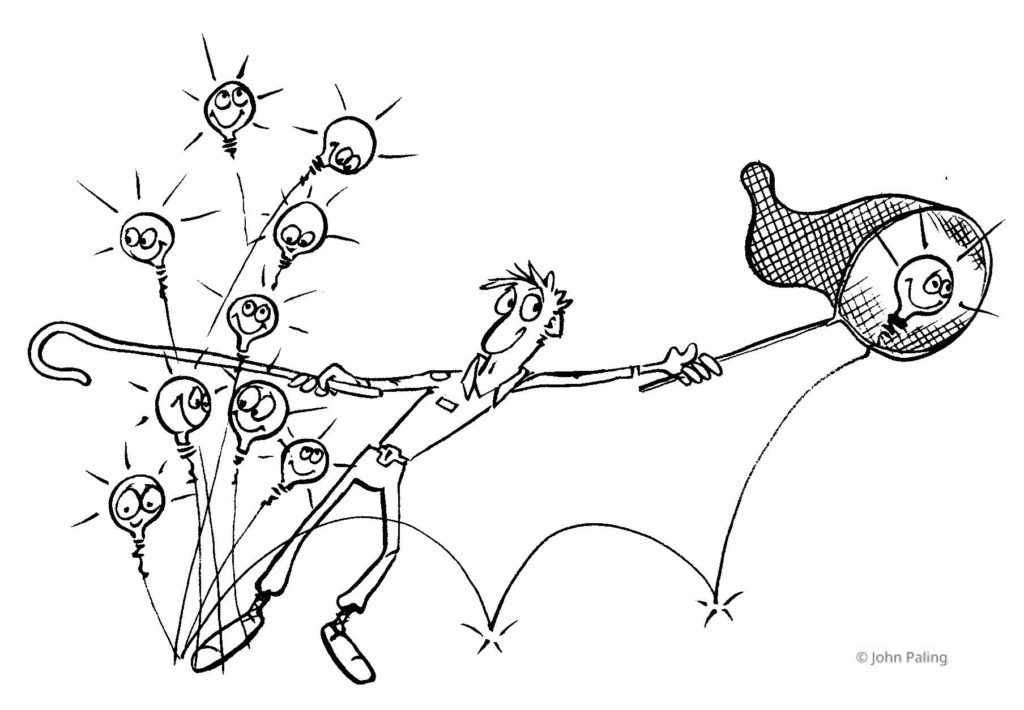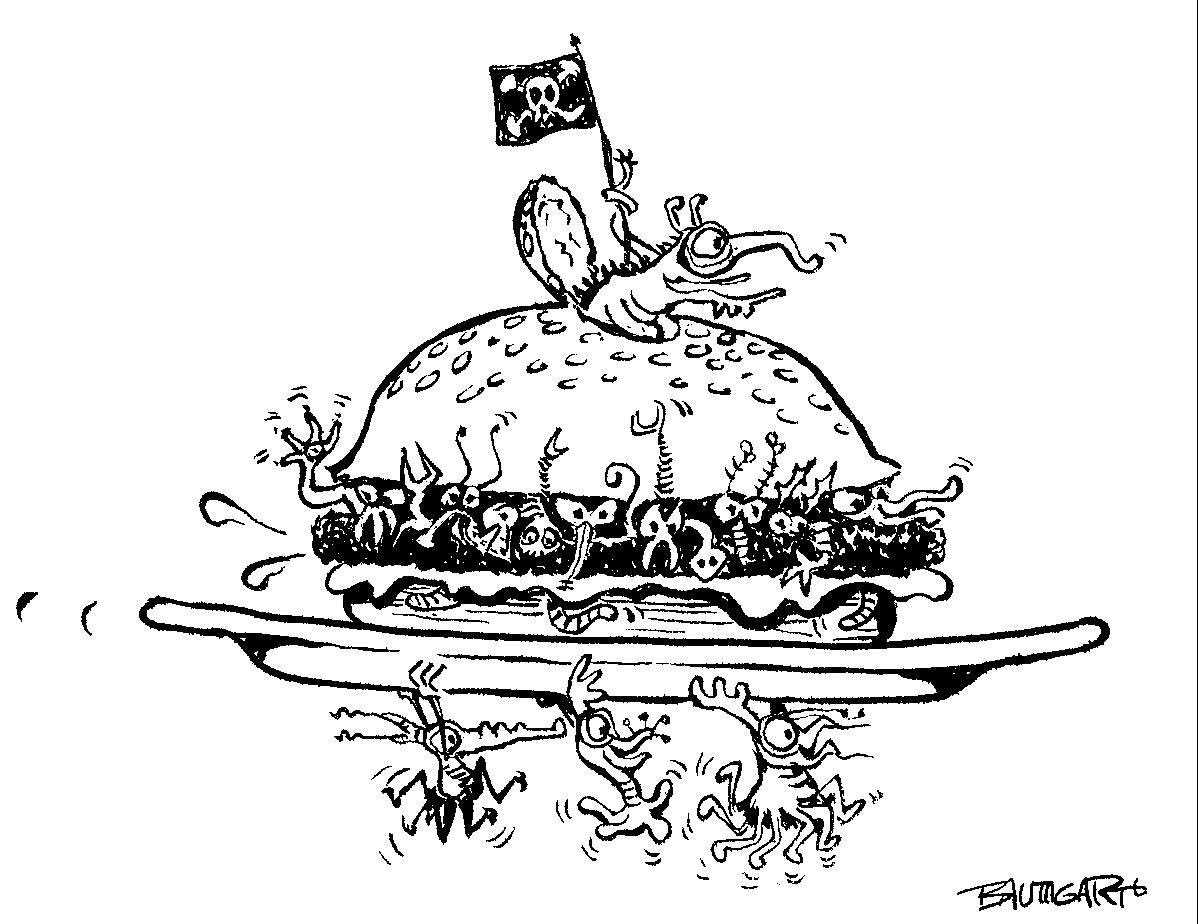John Paling MA (Oxford) Ph.D. ( Birmingham), GFIC (Florida)
John Paling is the Founder of The Risk Communication Institute and the President and Chief Advocate for the Reputational Risks Division.
John has a lifetime’s experience in successfully communicating social and scientific issues to the public. His company made the very first PBS NOVA television program 30 years ago (it won an Emmy); he was a speaker for the National Geographic Society at Constitution Hall for many years; he was an on-camera expert for Disney; he has produced Emmy Award-winning nature programs, is a Winston Churchill Fellow and is an internationally published author and researcher.
Like other great teachers with a passion for his subject, he can make what might appear to be a heavy topic into a riveting and informative adventure. John is also an experienced international speaker whose entertaining keynotes and value-packed seminars offer proven value for meeting planners. Where appropriate, he can include memorable metaphors from segments of his National Geographic Society wildlife films that he narrates live to provide a distinctive “change of pace and change of style.”
As an ex-professor from Oxford, John is uniquely qualified to provide cutting-edge information to organizations of all types. He has a track record of Fortune 500 clients that speaks to his ability to stimulate and energize audiences.

John has the reputation for capturing bright ideas from his past experiences and then combining them to generate fresh strategies to help his clients.

 NEVER be unsympathetic of others’ concerns even if you suspect they are unreasonably exaggerated. ©John Paling
NEVER be unsympathetic of others’ concerns even if you suspect they are unreasonably exaggerated. ©John Paling Once a reputation is lost, a black cloud continues to dominate perceptions.
Once a reputation is lost, a black cloud continues to dominate perceptions.